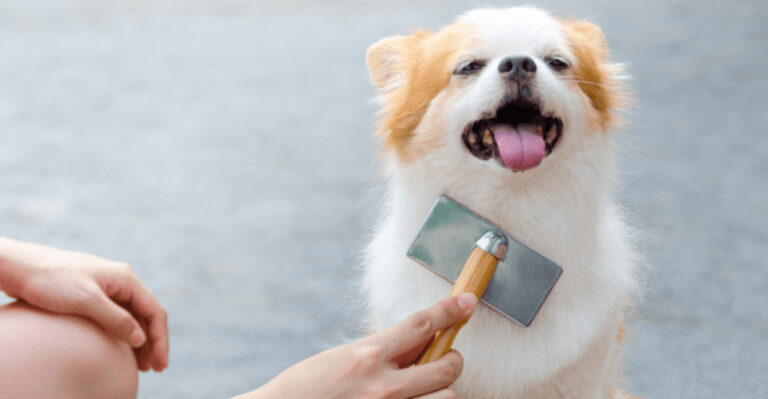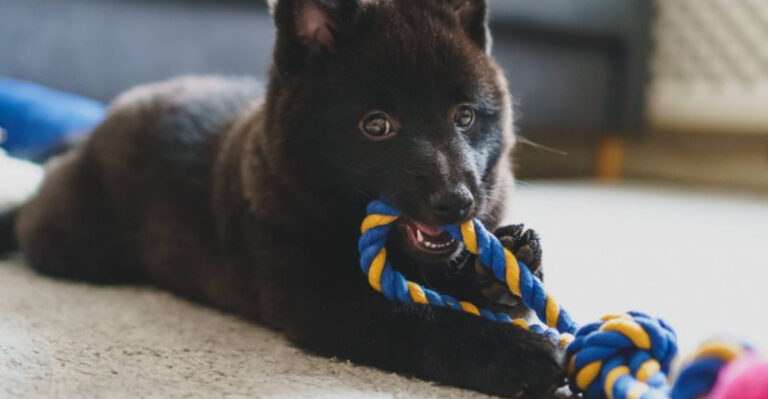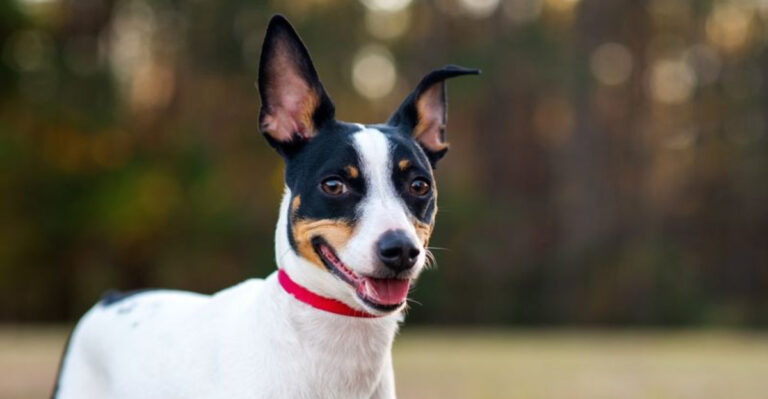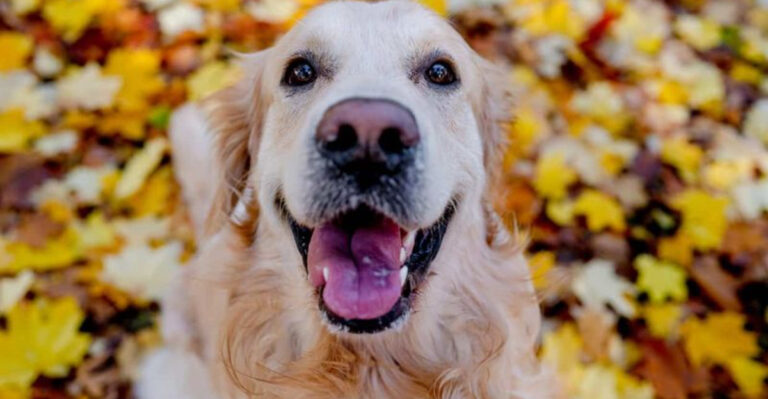13 Things You Shouldn’t Do When Your Dog’s Acting Nervous
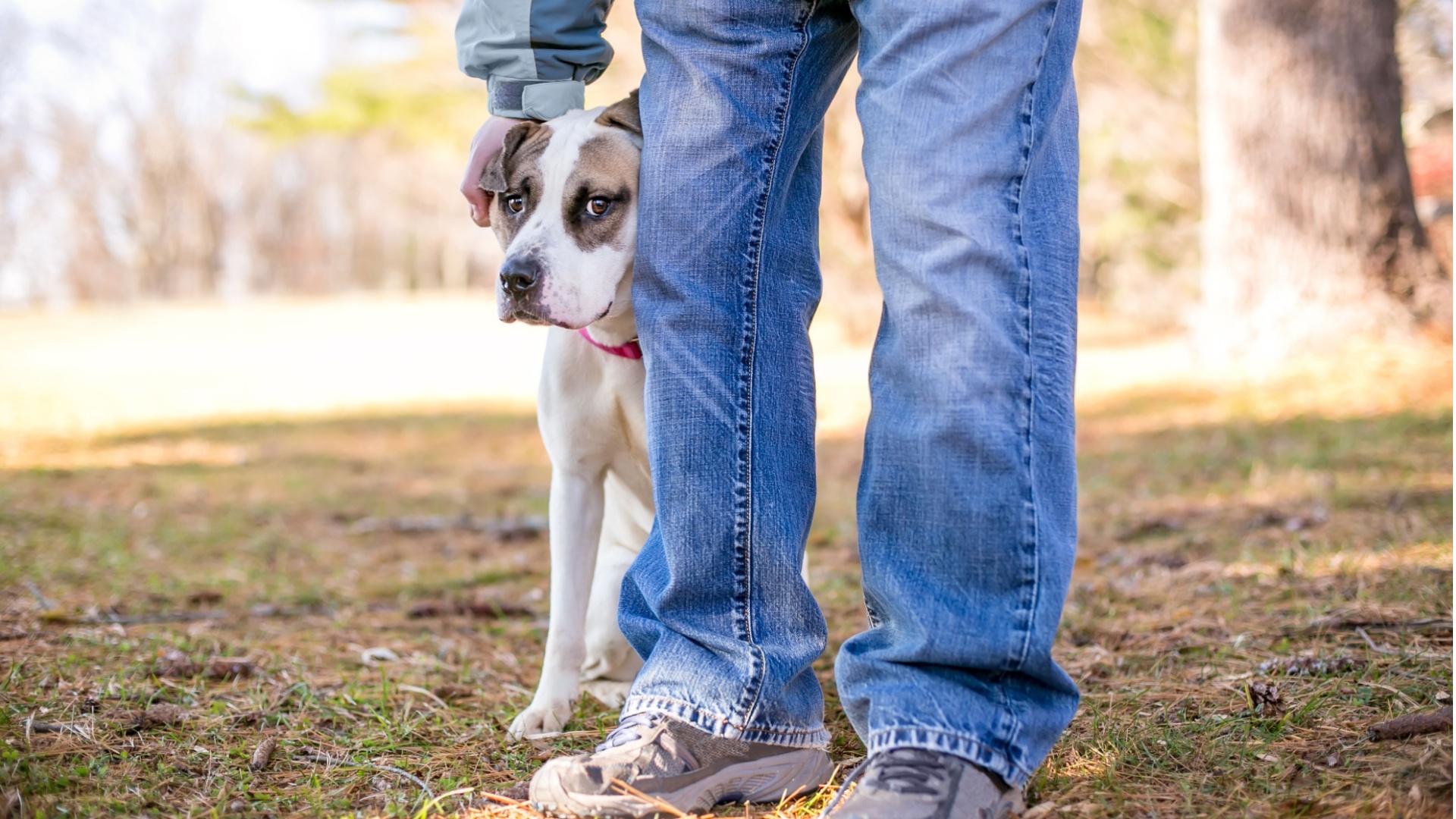
Dogs can’t tell us when they’re feeling anxious, but their body language speaks volumes – tucked tails, pinned ears, and those big, worried eyes say it all.
When a dog is nervous, our first instinct is often to comfort them like we would a scared child, but sometimes our well-meaning actions can actually make things worse. From smothering them with attention to unintentionally reinforcing their fears, there are a few key mistakes to avoid when trying to help a nervous pup.
Understanding what not to do is just as important as knowing how to help. Here’s what you should steer clear of to ensure your dog feels safe, secure, and more at ease.
1. Avoid Yelling Or Shouting
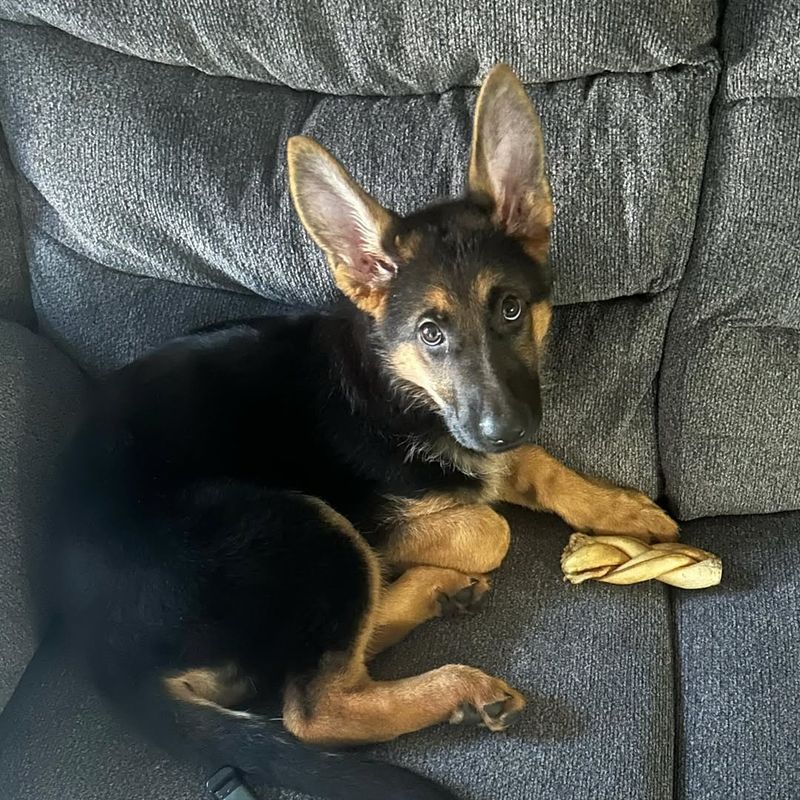
Raising your voice might seem like a quick fix, but it usually makes things worse for your nervous pooch. Dogs, much like humans, don’t respond well to shouting, especially when they’re already on edge.
Imagine trying to calm a shaking leaf by blowing a gale – it’s counterproductive! Your dog looks to you for cues on how to react to situations, and if your cue is a loud, booming voice, it can reinforce their fear.
Instead, try using a calm, soothing tone that reassures them. This approach not only helps in easing their anxiety but also strengthens your bond. Think of your voice as a tool to comfort and guide, rather than a weapon to discipline.
The more composed you remain, the more likely your four-legged friend will follow suit. Save your vocal prowess for belting out tunes in the shower, and let your gentle voice guide your dog to tranquility.
2. Don’t Ignore The Signs
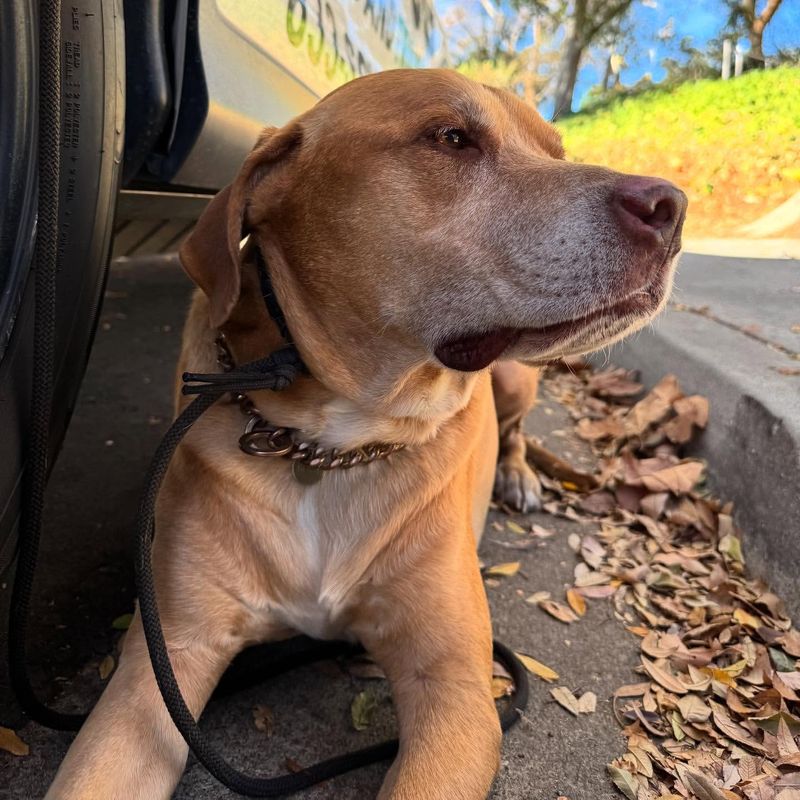
Turning a blind eye to your dog’s nervous signs is akin to ignoring a ticking clock; sooner or later, it will demand attention. Dogs exhibit anxiety in various forms—panting, pacing, or even hiding and shivering. As a responsible pet owner, it’s crucial to acknowledge these signals rather than dismiss them.
Being oblivious won’t make the problem disappear; instead, it might escalate the issue. Pay attention to your dog’s body language and respond with empathy and understanding. Addressing their anxiety means you’re taking steps to help them feel safe and secure.
Think of yourself as a detective, putting together clues to create a comforting environment. Your attentiveness now can prevent bigger behavioral puzzles in the future.
3. Avoid Physical Punishment
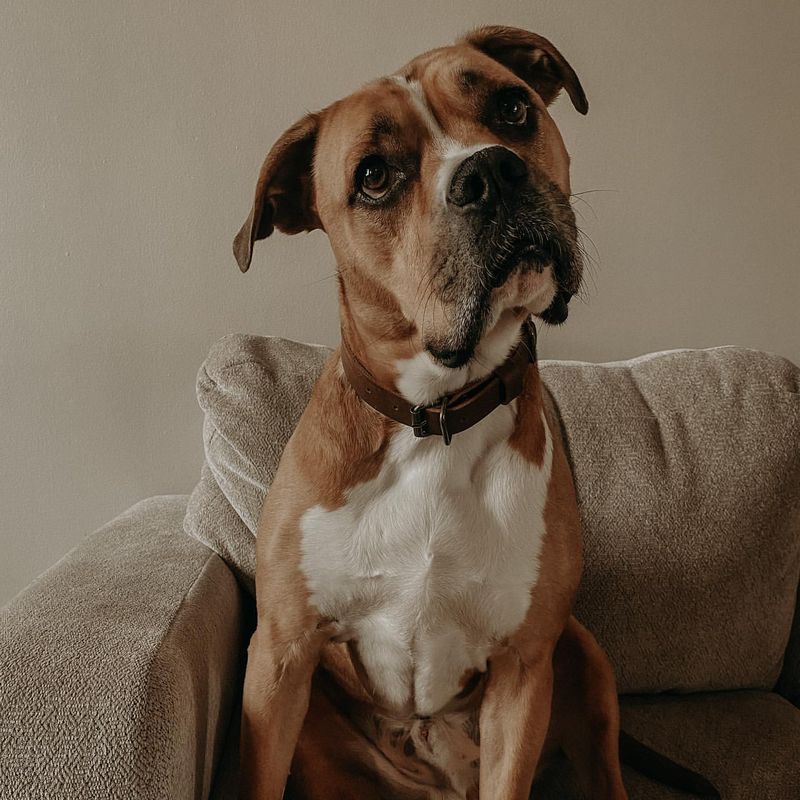
Physical discipline is a no-go when dealing with a nervous dog. It’s like trying to put out a fire with gasoline – it just fans the flames. Dogs associate physical punishment with fear, leading to an increase in anxiety and potentially aggressive behavior.
When a dog is nervous, they need reassurance and understanding, not fear-inducing actions. Opt for positive reinforcement techniques, such as offering treats or praises, which encourage calm behavior and build trust. Remember, your goal is to be a source of comfort, not terror.
Consider each interaction as a building block in the foundation of a trusting relationship. Swap the newspaper with a treat bag, and watch your dog’s trust and confidence soar.
4. Don’t Force Interaction
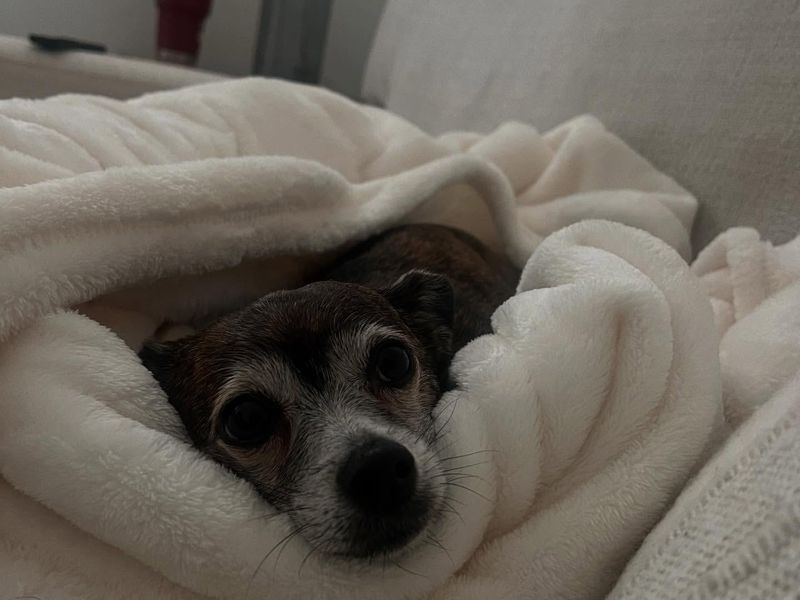
Forcing your anxious dog into uncomfortable social situations is akin to telling an introvert to host a party – it won’t end well! Pushing them to interact when they’re not ready can heighten their nervousness and stress levels.
Dogs, much like people, require time to adjust and feel comfortable, especially around new faces or environments. Respect their space and allow them to approach others at their own pace. Doing so helps foster trust and confidence.
Think of it as introducing your dog to a new dance partner. Let them set the tempo, and soon, they’ll be twirling in a social tango. Patience and understanding will pave the path to social success.
5. Avoid Changing Routine
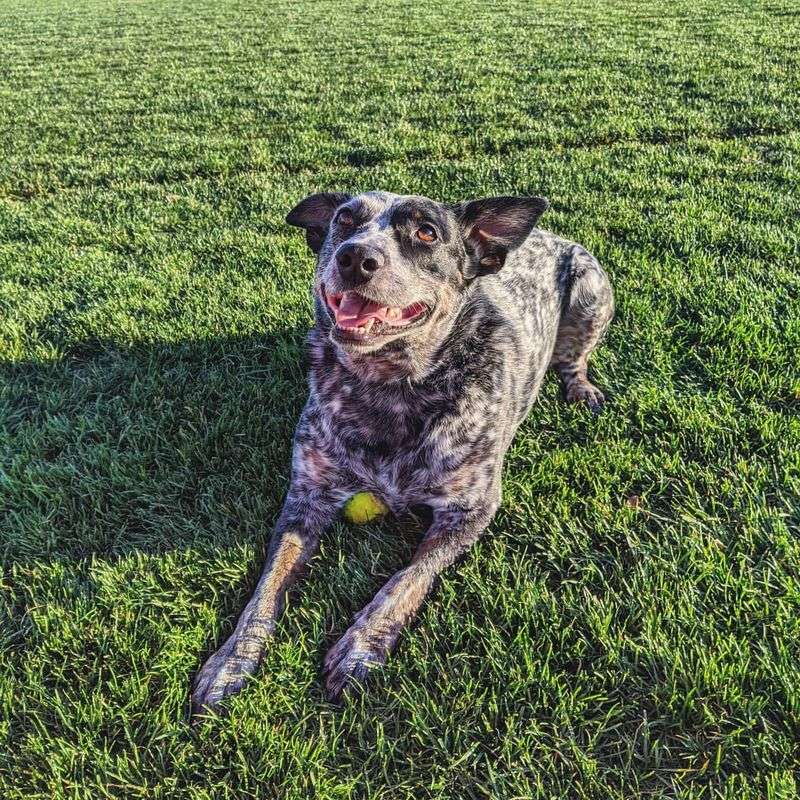
Dogs thrive on routine and predictability. It’s their version of a comfort blanket, providing them with a sense of security. Abrupt changes in their schedule can trigger anxiety akin to being on a roller coaster with unexpected twists.
Maintaining a consistent routine, including feeding times and walks, helps alleviate anxiety. If changes are unavoidable, introduce them gradually to give your dog ample time to adjust. Think of your dog’s routine as a well-loved novel; sudden plot twists might spoil the story.
Stick to the script they know and love, and your dog will find comfort in the familiar pages of their day.
6. Don’t Overcrowd Their Space
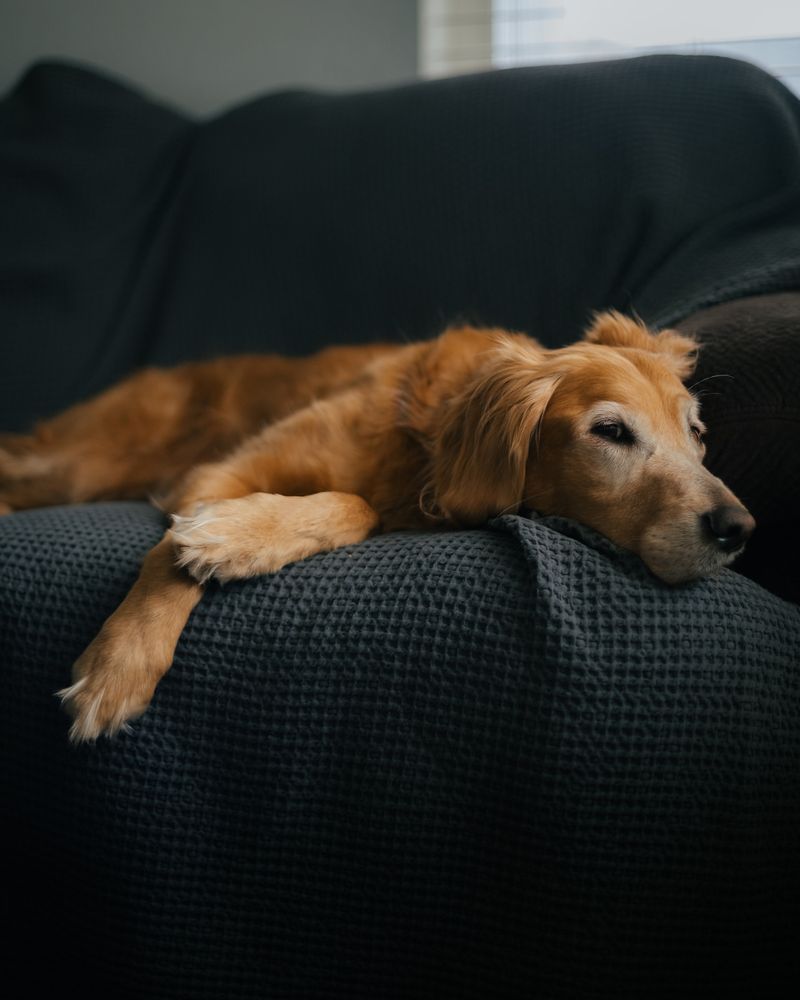
A cluttered environment can make a nervous dog feel trapped and overwhelmed, similar to being stuck in a traffic jam with no escape. Dogs appreciate having space to retreat and relax without feeling crowded or boxed in.
Ensure your dog’s space remains serene and free of unnecessary clutter. This allows them a peaceful refuge to unwind and feel secure. Keep their area tidy and limit the number of people or pets sharing their space during anxious times.
Think of it as giving your dog their own little zen garden – a place where calmness and tranquility reign supreme. Less clutter means more peace for your furry friend.
7. Avoid Overstimulating Environments
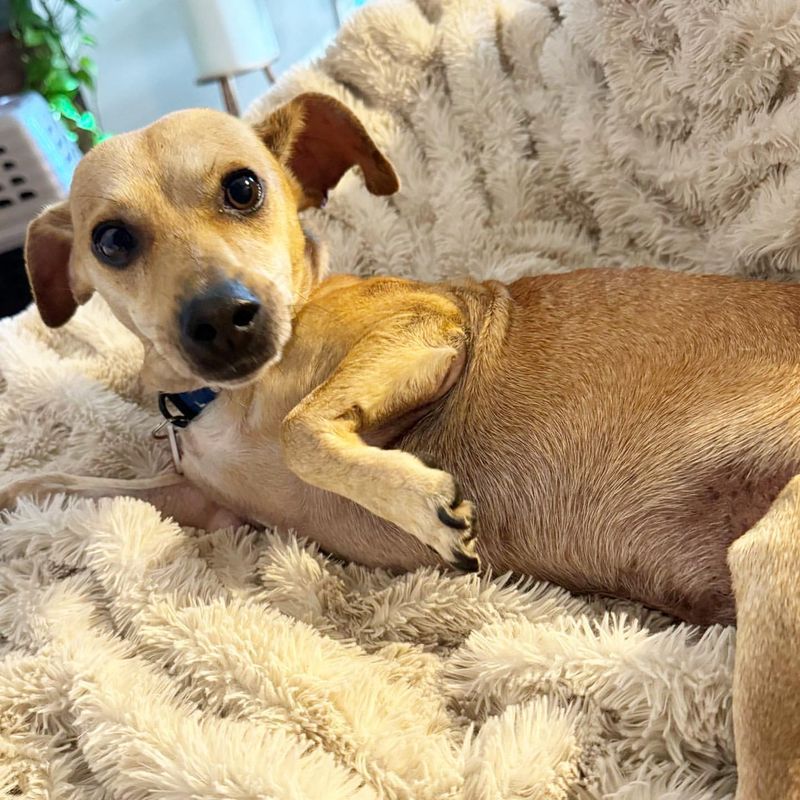
Imagine being at a rock concert when all you want is a quiet night at home—this is how a nervous dog feels in an overstimulating environment. Loud noises, bustling crowds, and overwhelming scents can send their anxiety levels skyrocketing.
When your dog is already nervous, it’s best to avoid environments that are heavy on sensory input. Opt for quieter, calmer settings that allow your pet to decompress and feel at ease. Consider it a spa day for your dog, where tranquility replaces chaos.
By choosing serene settings, you help your dog find its inner bliss, allowing nervous energy to dissipate into calm contentment.
8. Don’t Forget To Exercise
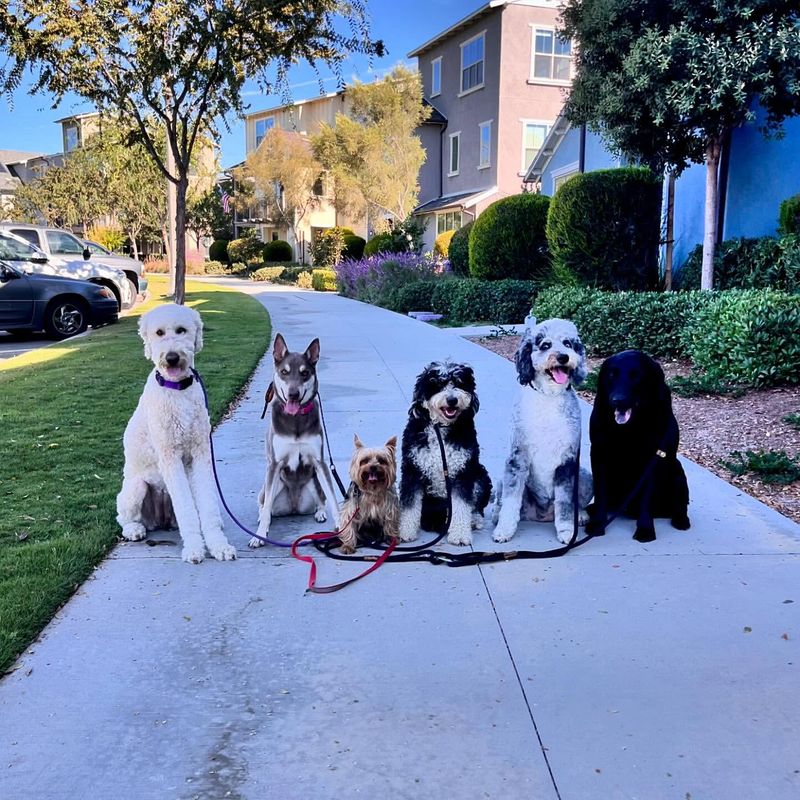
Exercise is a fantastic outlet for pent-up energy and anxiety. Think of it as a natural stress reliever that works wonders for both dogs and humans. Regular physical activity helps burn off nervous energy and promotes a sense of calm.
When your dog is feeling anxious, taking them for a walk or playing fetch can be therapeutic. It not only distracts them from what’s causing their anxiety but also allows them to release tension in a healthy way.
Picture it as your dog’s personal therapy session, where each step or leap brings them closer to tranquility. Keep the leash handy and make exercise a joyful part of their daily routine.
9. Avoid Neglecting Emotional Needs
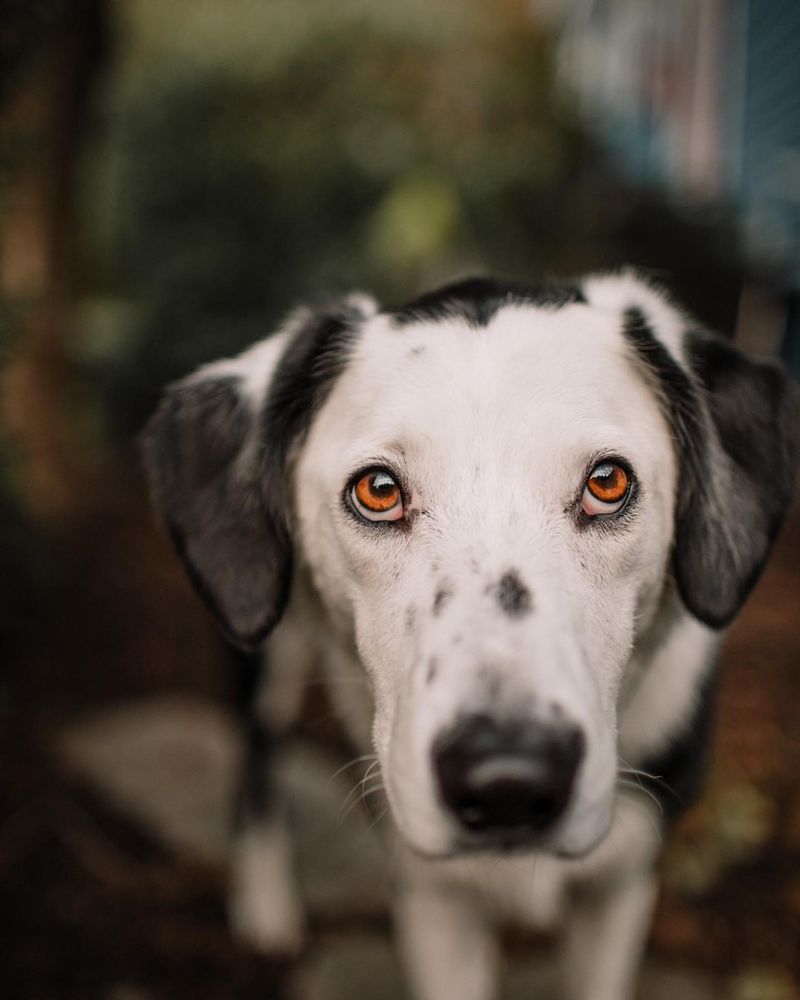
Dogs, much like humans, have emotional needs that require attention and care. Neglecting these can exacerbate their nervousness, leaving them feeling isolated and misunderstood. They’re not just pets; they’re family members who crave connection.
Spend quality time with your dog to reassure them of your presence and support. Simple gestures like petting, cuddling, or talking in a gentle voice can work wonders in comforting them.
Think of it as nurturing a friendship – investing time and love pays dividends in trust and companionship. Your dog will feel more at ease, knowing they’re not alone in navigating their anxiety.
10. Don’t Skip Veterinary Visits
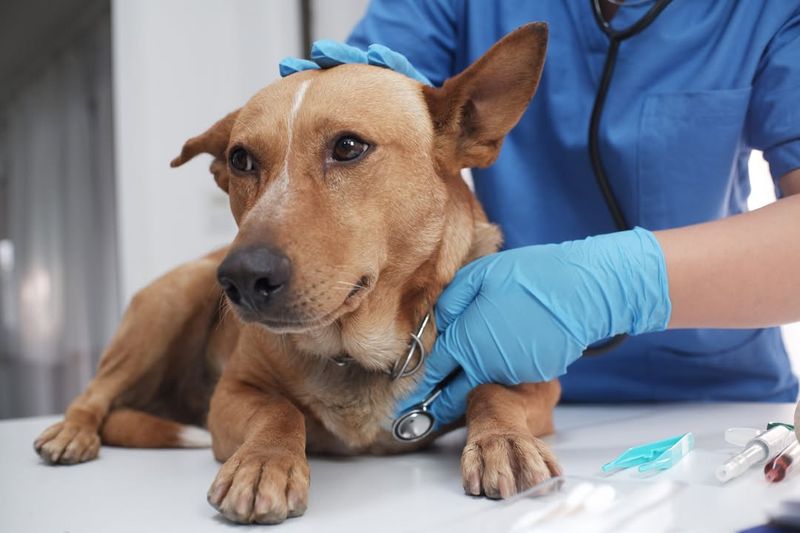
Regular check-ups with your veterinarian are essential to rule out any underlying health issues that may be causing or exacerbating your dog’s anxiety. Skipping these visits is like avoiding the mechanic when your car is making strange noises – it might only make things worse.
A vet can provide guidance on managing anxiety and suggest treatments if necessary. They can also help determine if there’s a physical ailment contributing to your dog’s behavior. Consider your vet as a trusted ally in your dog’s health journey.
By keeping appointments, you ensure your furry friend receives the care and attention they deserve, paving the way for a happier, healthier life.
11. Avoid Underestimating Triggers
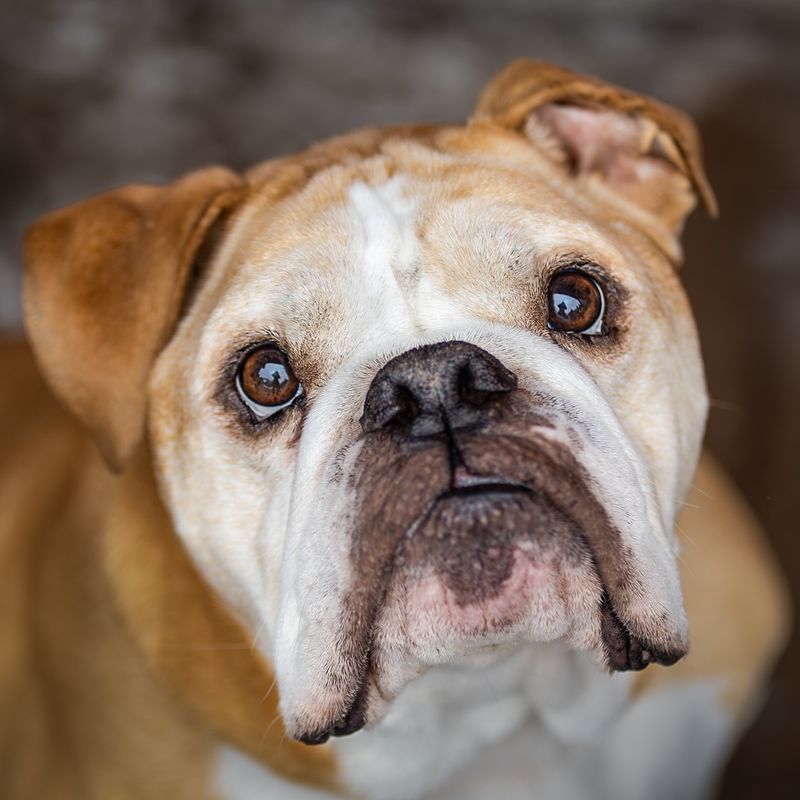
Ignoring or underestimating what triggers your dog’s nervousness is like dismissing a child’s fear of monsters under the bed – it doesn’t make them any less real. Identifying these triggers is key to managing and alleviating anxiety.
Once you know what sets off their nervousness, you can take proactive steps to minimize exposure. Whether it’s thunderstorms, fireworks, or strangers, preparing in advance can help your dog cope better.
Think of it as being their anxiety superhero, equipped with the knowledge to protect them from their fears. Your understanding and action can turn their world from frightening to manageable.
12. Don’t Forget To Communicate
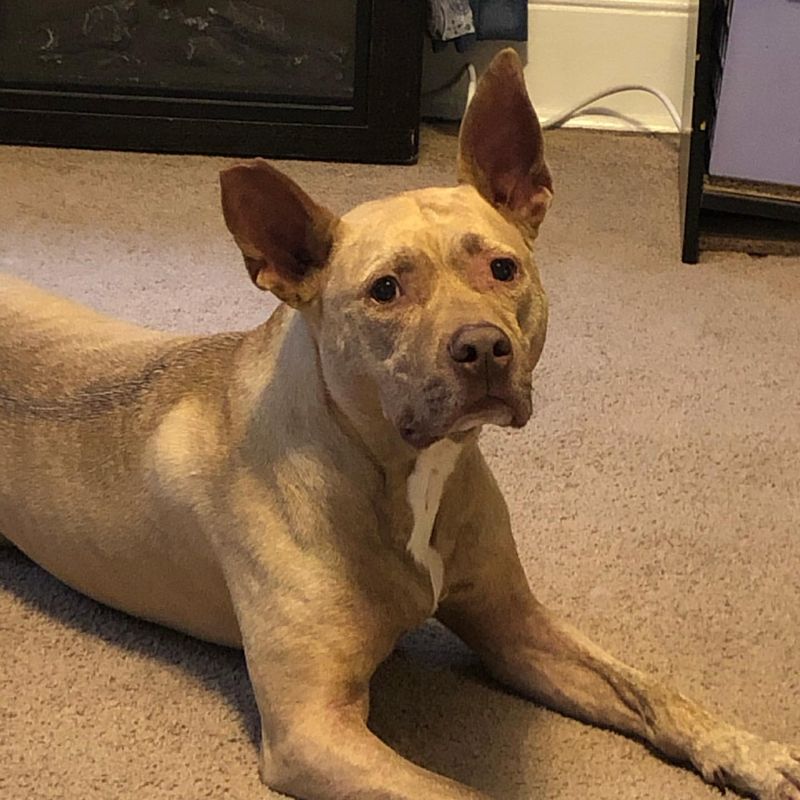
Communication with your dog goes beyond words. It’s about understanding their cues and responding appropriately. Forgetting to communicate effectively is like tuning into a radio station with static—nothing gets through clearly.
Use body language, hand signals, and consistent verbal commands to create a calming dialogue with your dog. This form of communication reassures them and helps reduce anxiety.
Picture yourself as a translator, bridging the gap between canine and human. Your efforts will ensure that your dog feels heard and understood, fostering a peaceful and trusting relationship.
13. Avoid Ignoring Professional Help
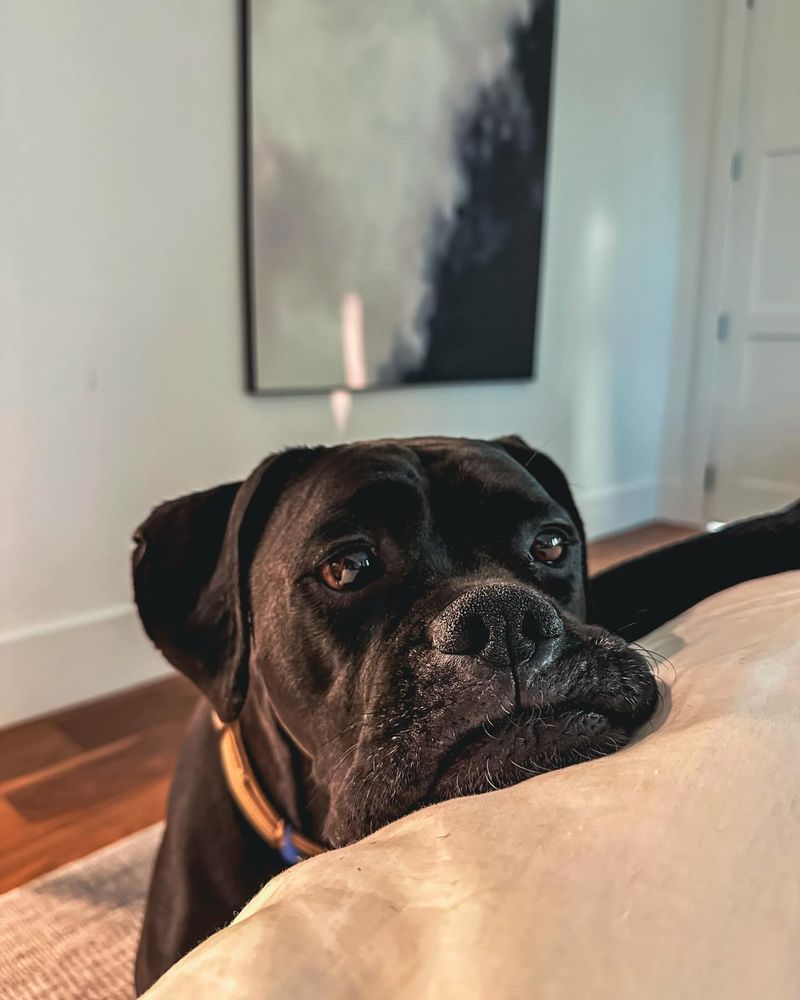
Sometimes, managing a dog’s anxiety requires professional intervention. Overlooking this option is like refusing a map when lost in a maze. Dog trainers and behaviorists offer valuable insight and strategies to help both you and your dog navigate anxiety.
These experts can tailor training techniques to suit your dog’s specific needs, ensuring more effective results. It’s an investment in your dog’s well-being that can lead to long-term peace of mind.
Think of professional help as a lifeline, guiding you through the stormy waters of canine anxiety. With their expertise, you’re not just managing the symptoms but steering towards a brighter, calmer horizon.

